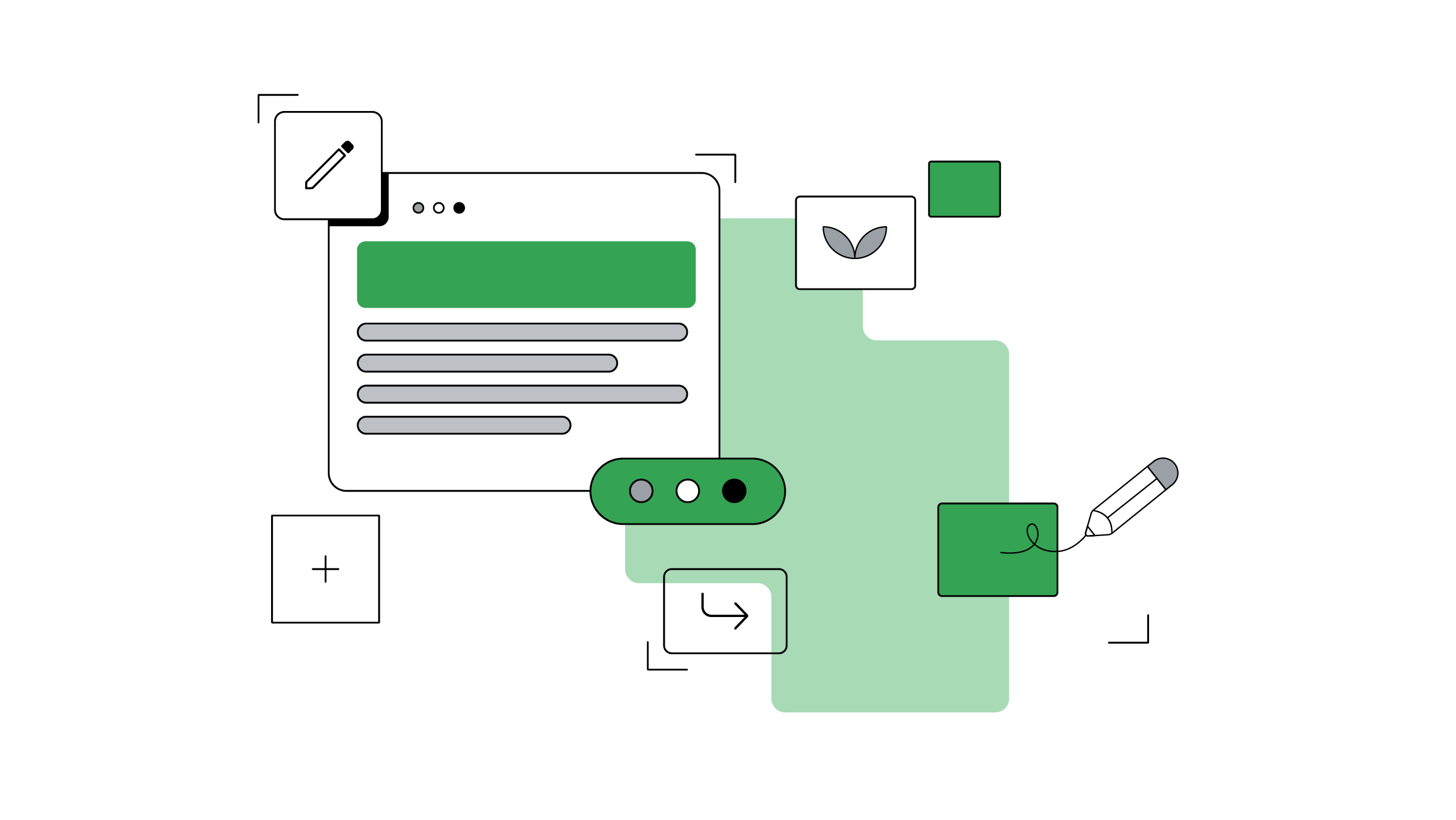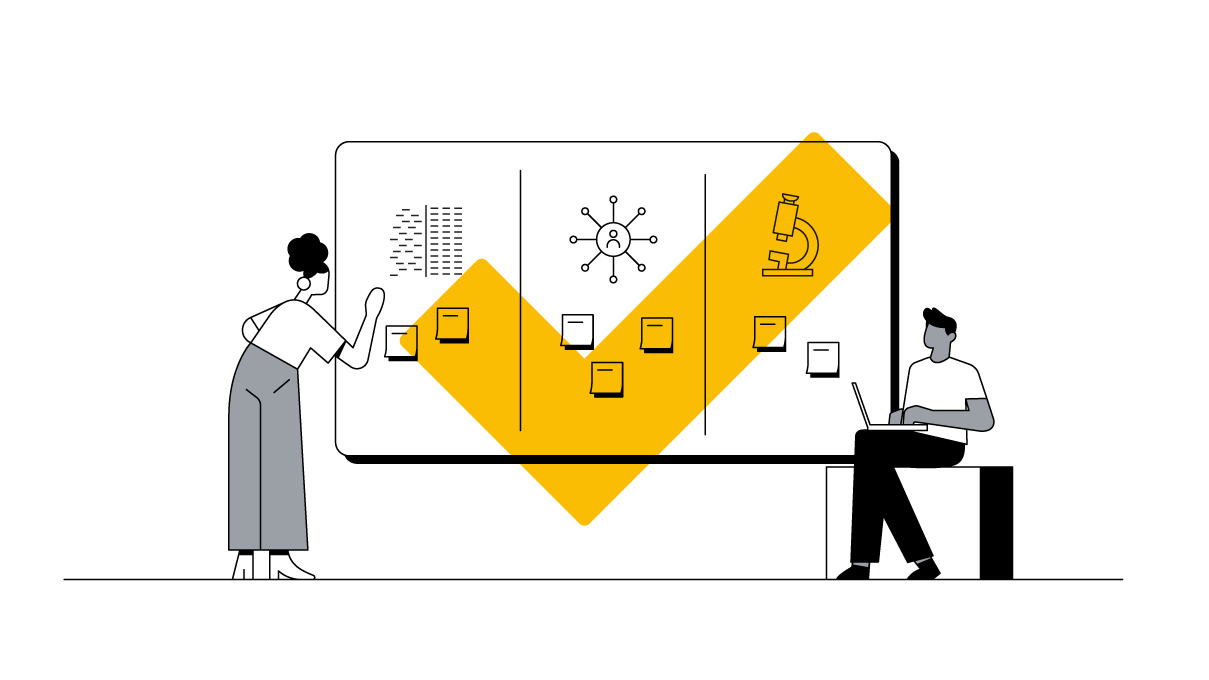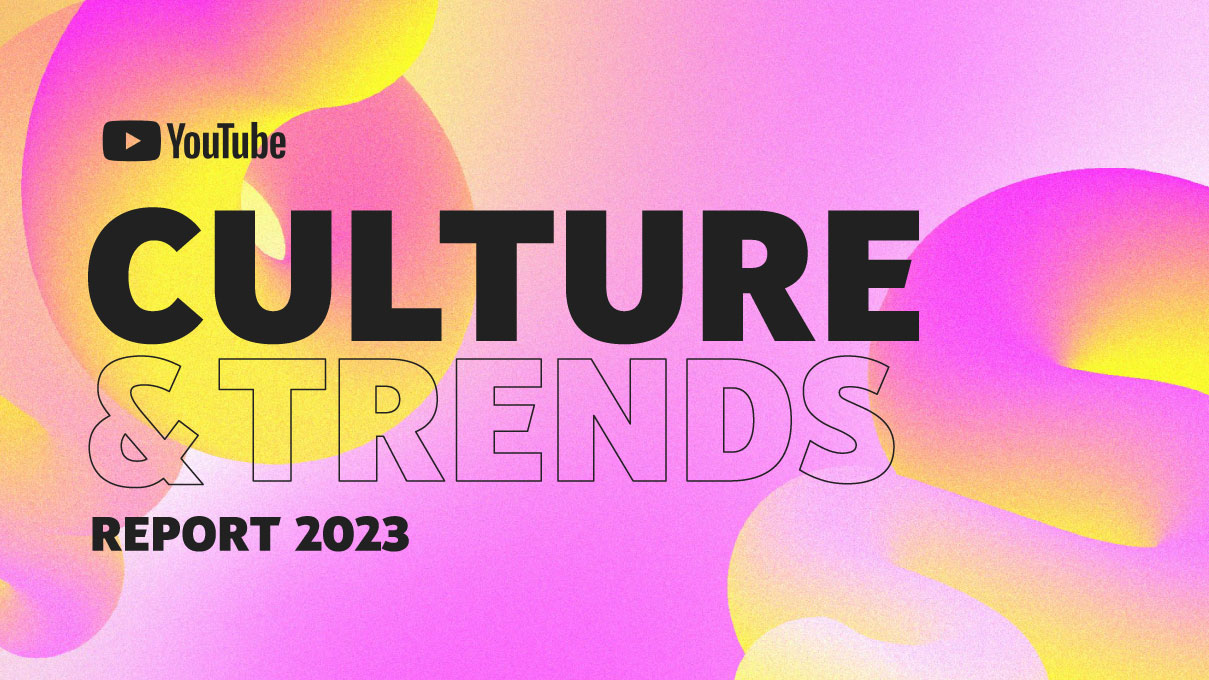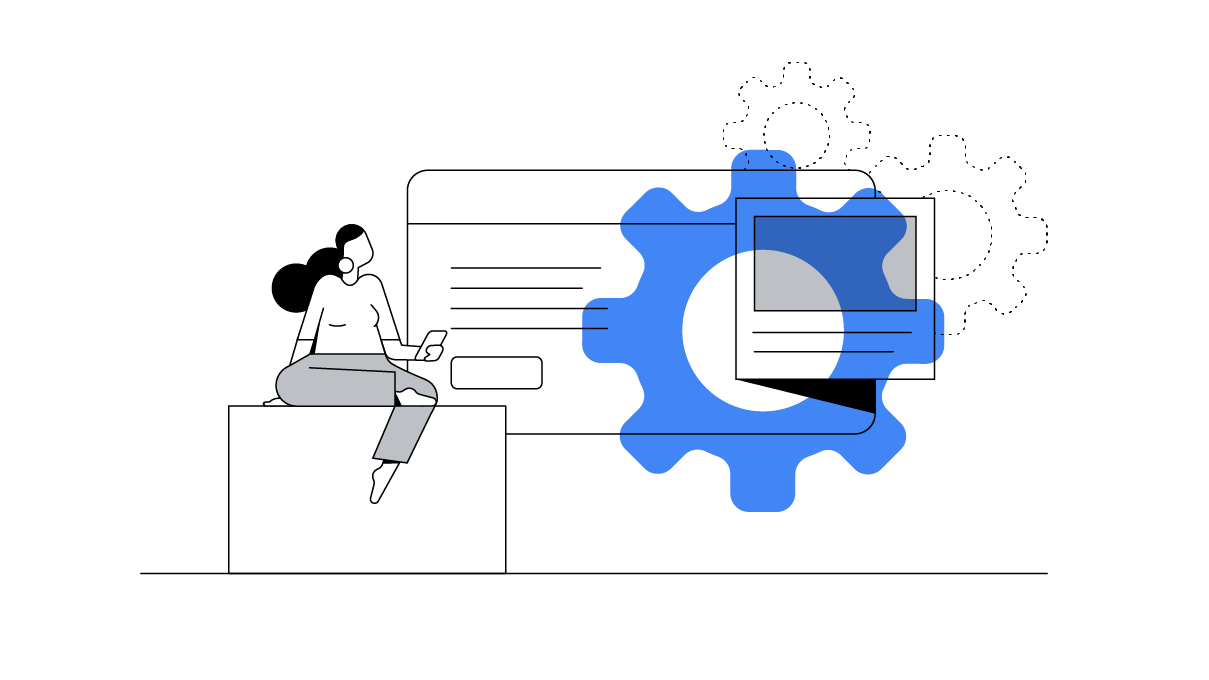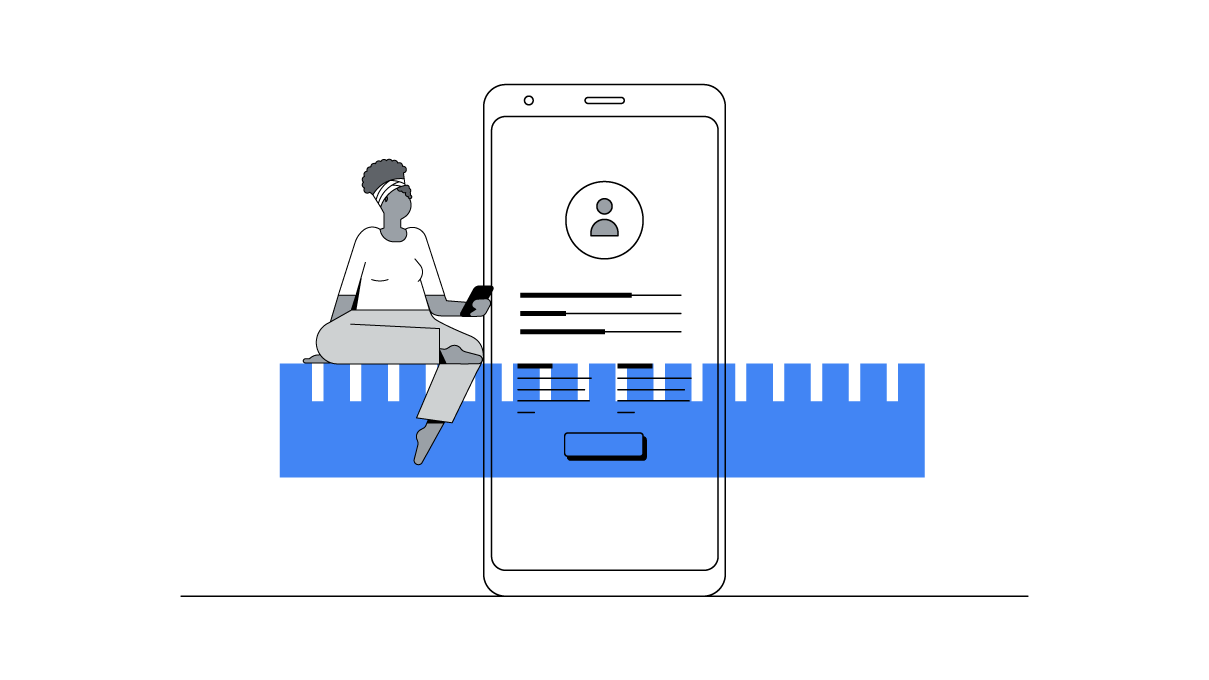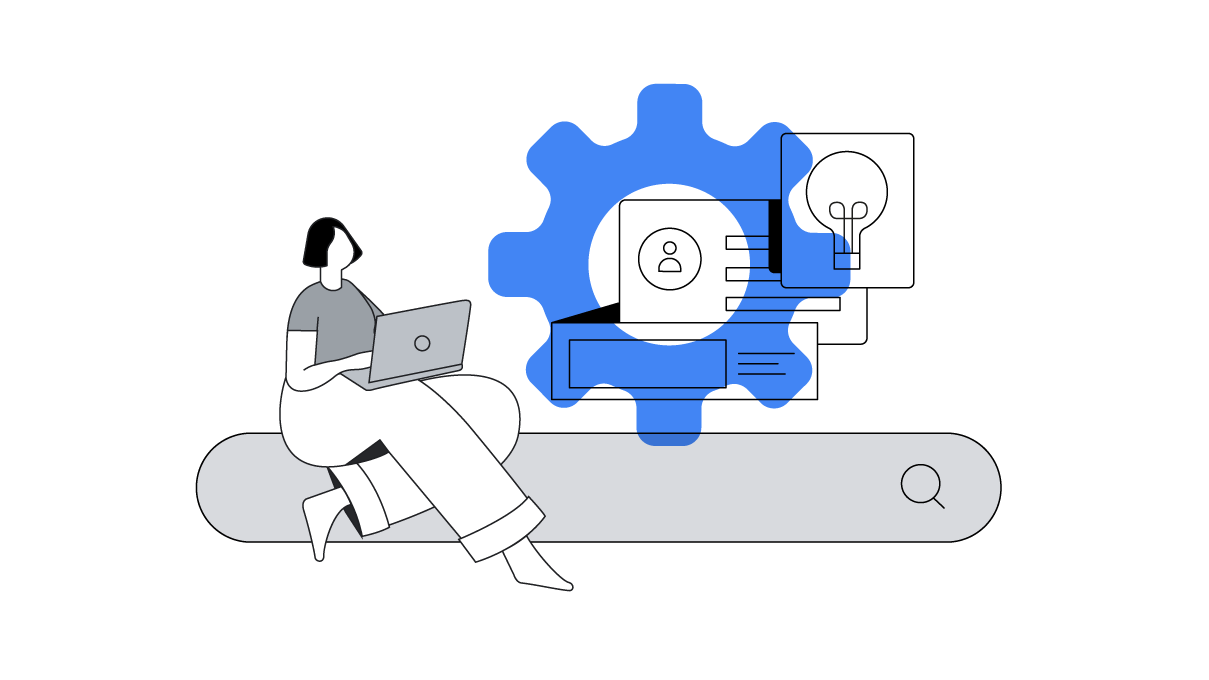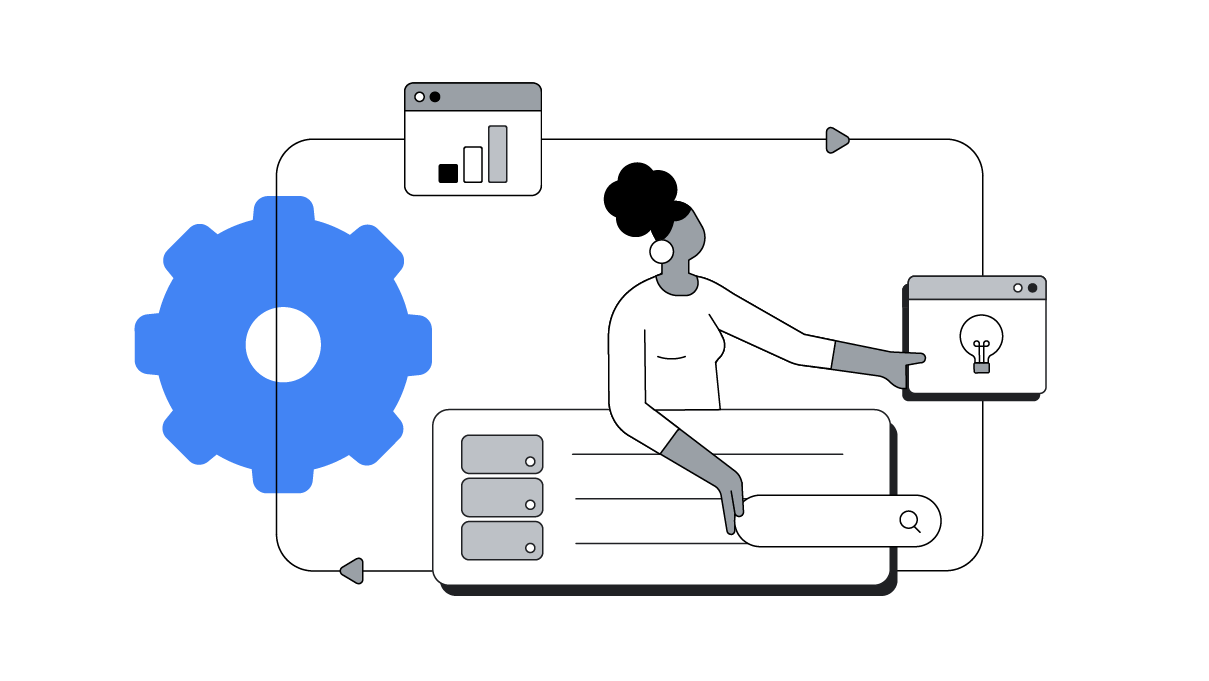Digital transformation is a journey, not a destination. While every journey will be different, we can learn from leading brands as they advance their digital maturity. Here, Nestlé’s Global CMO, Aude Gandon, takes us through the company’s approach to global digital marketing.
Staying relevant in today’s dynamic environment requires embracing constant change. And as Nestlé’s Global Chief Marketing Officer, my mission is to accelerate our marketing digital transformation across the entire organization.
As a 156-year-old company with more than 2,000 brands — including icons like Kit Kat, Nespresso, and Purina — we believe that data and technology, along with our organization’s ability to adopt and activate quickly, are key to maintaining a competitive advantage.
Part of Nestlé’s success lies in how we’re able to attribute our digital investments to our top and bottom lines. We recently updated our investors on our digital transformation journey by explaining how we’re using data to reach and resonate with consumers at scale, and how that powers growth across our portfolio.
In particular, we’ve identified three key areas that are critical to our success and that we’ll continue to invest in: privacy-preserving fundamentals, valuable consumer connections, and ongoing experimentation. Here’s how we approach each one.
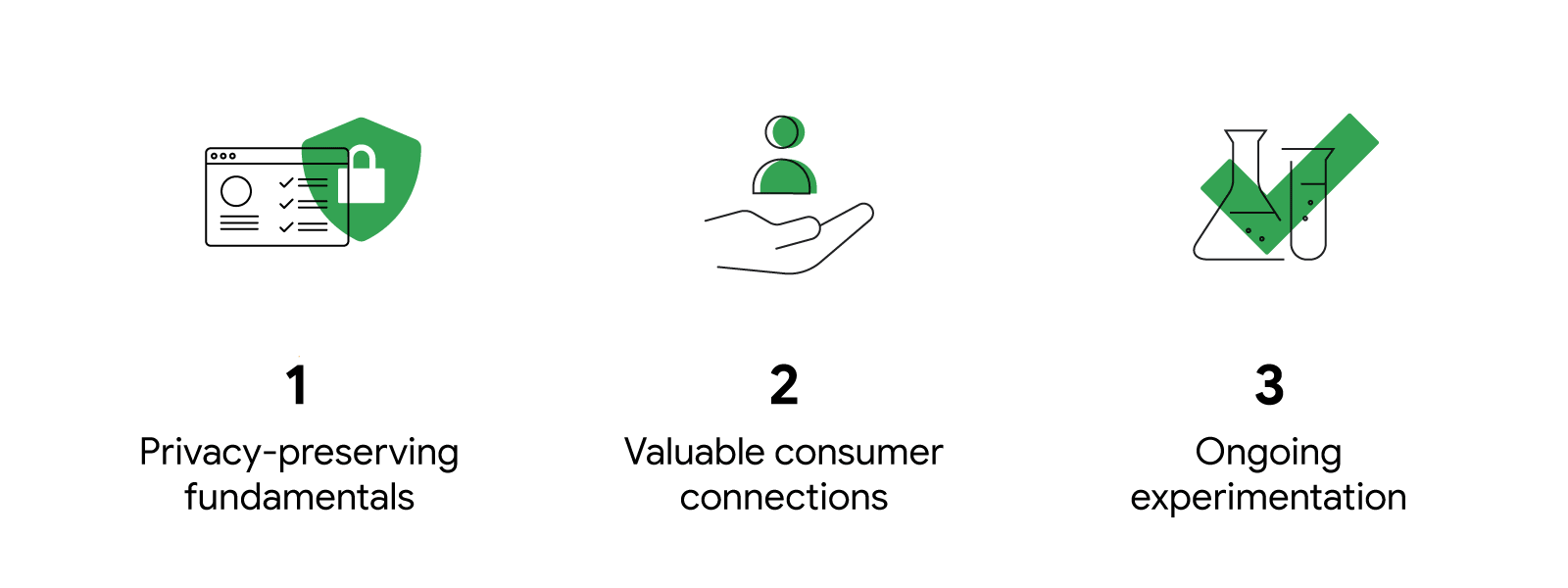
Privacy-preserving fundamentals
The first key to our success is a sharp focus on privacy-preserving fundamentals. A critical part of my role as global CMO is to help Nestlé navigate the changing advertising landscape, especially as third-party data collection phases out. By treating data protection and privacy as paramount, we've accelerated the use of privacy-preserving technologies across our organization, ensuring that our first-party strategy is future-proof. This means our brands can access high-quality data and continue to deliver personalized experiences online.
To drive our privacy strategy, we’ve developed and delivered a global advertising-technology roadmap across all our markets and brands. Doing so has helped us take advantage of privacy features, like consent mode within Google Analytics 4 (GA4), through which we can communicate users’ cookie- and app-identifier consent status to Google. Tags will then automatically adjust behavior and respect users’ choices. In turn, we’re able to safely improve our understanding of consumers across platforms and deliver richer experiences online.
Lastly, we recognize that staying up-to-date on new privacy capabilities requires us to invest in upskilling programs for our talented teams of brand builders around the world. By empowering our marketers to deeply understand the impact and value a technology unlocks, we can accelerate our transformation and put our company on the path to competitive advantage.
Valuable consumer connections
Our second key focus is on building and fostering valuable consumer connections. In particular, our goal is to reach 400 million consumers with our first-party database by 2025. Having direct access to our first-party data — and turning this data into actionable insight — is a critical competitive advantage with immediate value for our brands.
By moving toward a first-party, data-driven approach and leveraging Google’s privacy-preserving advertising and analytics tools, we’ve increased our ability to offer personalized solutions in real time, track ROI, and improve sales performance. This ultimately helps us make smarter investments, especially amid economic uncertainty, when it is more critical than ever to understand the value of media spend.
Our “Cloud-in-a-Box” program gives our brands scalable blueprints to unlock the value of machine learning and other predictive technology.
One powerful example of this is our food brand Maggi’s use of first-party data to inform dynamic ad creative and better connect with consumers in the Middle East during seasonal moments and other special occasions. By taking this approach, the Maggi team improved its return on ad spend by 25%.
Another example is how we leverage new audience capabilities to derive value from our first-party data. Solutions such as Google’s advanced look-alike modeling, currently available in beta, gives us more transparency and control when building audience segments by combining our first-party data with Google’s consumer intent signals. Already, this technology has improved our media efficiency and helped drive a 25% uplift in ad recall for one of our pet care brands in the U.K.
Ongoing experimentation
Our final key focus is on experimentation and fostering a culture of experimentation across our marketing teams. To do this, we lean heavily on cloud capabilities that give us the flexibility to try new technologies while strengthening consumer privacy and growing our first-party data. Our “Cloud-in-a-Box” program, for example, gives our brands scalable blueprints to unlock the value of machine learning and other predictive technology.
Here’s what this looks like in practice for our market-leading Nescafé coffee brand in Thailand. Using Cloud-in-a-Box, the Nescafé team routed large volumes of past campaign data to Google Cloud, then used machine learning to predict which creative messages paired with which audiences to deliver the best results on YouTube.
By taking this approach, Nescafé improved its cost per view by 17% and invested the money it saved to reach additional audiences, all while boosting ad recall 12%. Most importantly, the team saw up to 90% accuracy in the model’s predictions, when compared with outcomes from the actual campaign.
Achieving long-term goals
Building brands that consumers love remains our core marketing ambition. Our continued investment in digital transformation focuses us on understanding and using the power of data and technology to fuel growth potential for tomorrow.
By driving a consistent global marketing strategy across the organization, our team has been able to drive change at scale, embracing data and technology to build competitiveness. Our strategic priorities are helping us build resilience through uncertainty, positioning Nestlé to achieve long-term growth.
